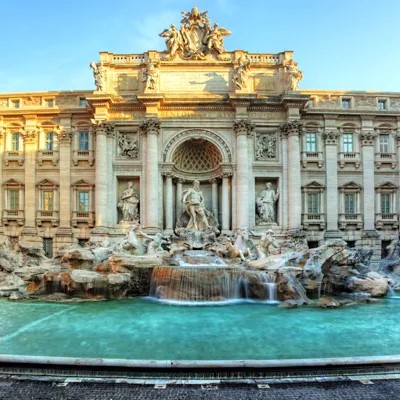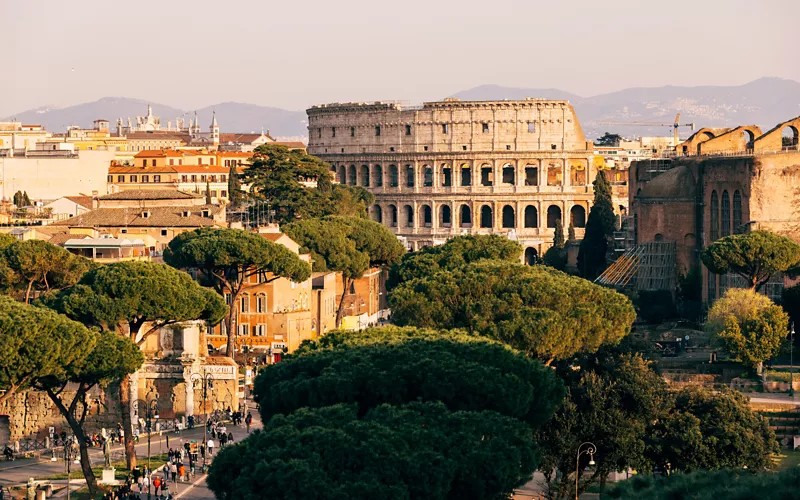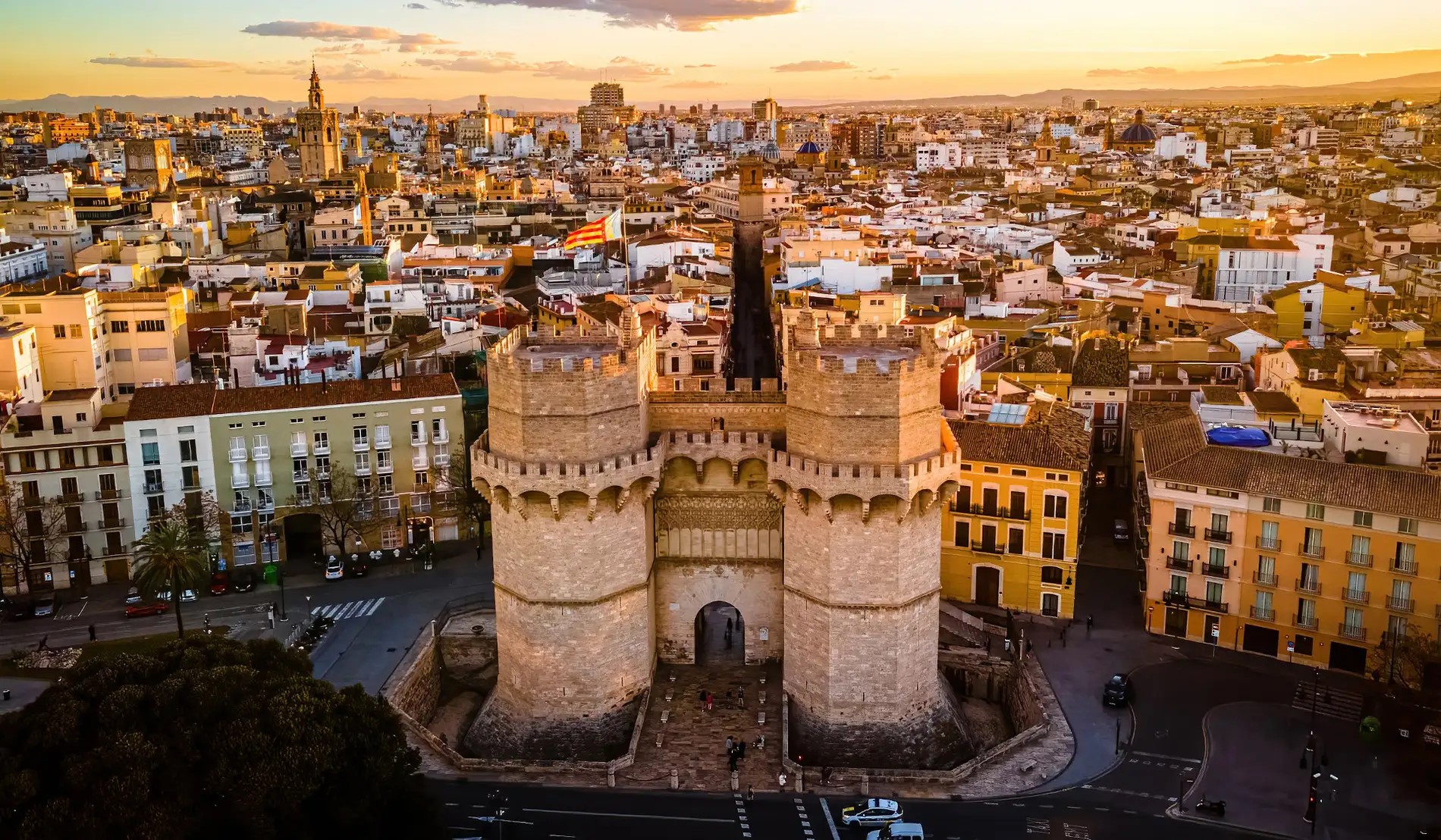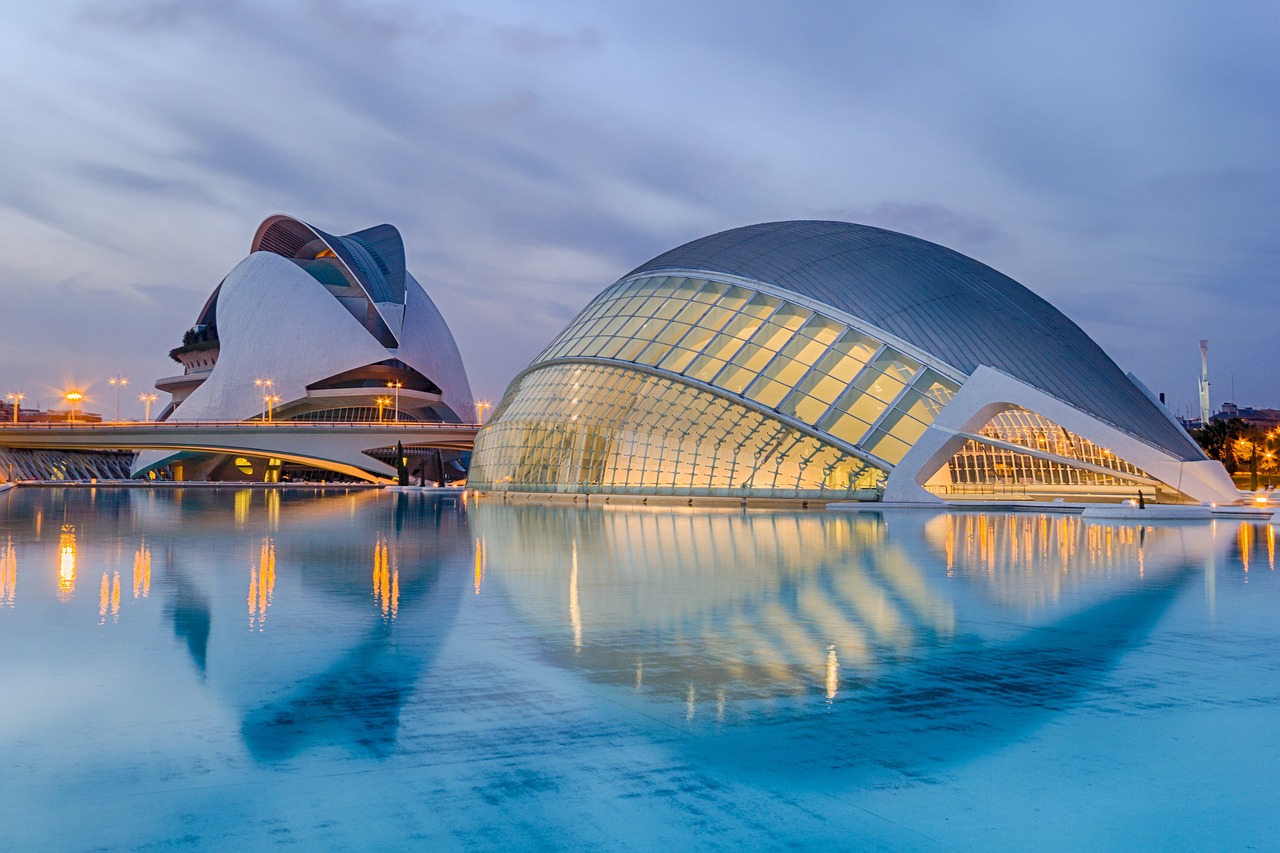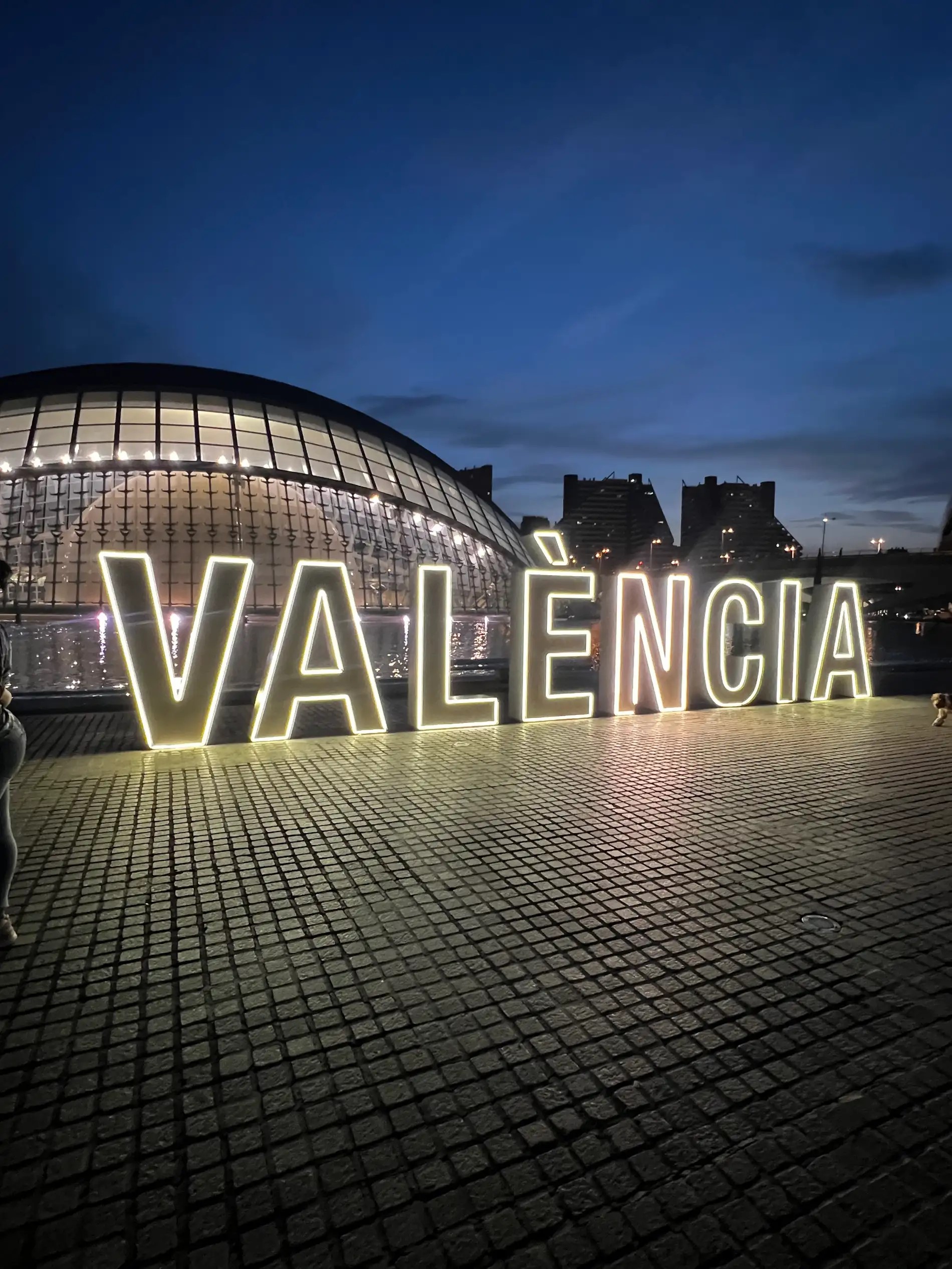The city
Welcome to Valencia
A place full of contrasts awaits the visitor with a charming old town next to futuristic buildings. This is Valencia, one of Spain’s most welcoming cities to spend a few days. Beyond the cultural effervescence of its cities, a stroll is always a good idea, or bathing at its Mediterranean beaches. Of course, you must try the star dish, paella (true authenticity!) and other delicacies such as clams or tiger nut milk.
Any time is a good time to visit Valencia, although if there is one day that is even more special than the rest, it's 19 March, when they celebrate the famous Fallas by burning gigantic ‘cardboard sculptures’. Its Mediterranean light, mild climate and the bewitching fire make this a city you’ll want to stay in.
A cultural stroll: between the classic and the avant-garde
Valencia is perfect to discover on foot One of the most fascinating attractions is the Plaza de la Reina, with the Cathedral and the Miguelete tower, where you should climb the 207 steps for some beautiful views. In the city centre you can also find the Silk Exchange -one of Valencia’s most beautiful buildings, a World Heritage Site, with its idyllic Patio de los Naranjos courtyard full of orange trees- and the Modernist Central Market – Europe’s largest fresh produce market, so taking in its stalls is a true experience. A few metres away is the National Ceramic Museum with its impressive façade or the Quart and Serrano Towers. And also museums such as the IVAM or many surprising spots full of street art.
A little further from the centre is the most modern face of Valencia: the City of Arts and Sciences. Designed by Santiago Calatrava and Félix Candela, it has fought to become a landmark with buildings such as the Oceanogràfic, Europe’s largest aquarium. Its original shapes make the ideal backdrop for taking a photo.
A paella by the sea
There is no better plan than visiting one of the large beaches and having a paella by the sea. Valencia offers over 300 days of sun a year. The Malvarrosa beach is one of the most well-known options. Once there, the fine golden sand and blue water remind you of the famous paintings in which Sorolla would depict the city. How could you resist a dip in the sea?
Those looking for ‘wilder’ landscapes can visit El Saler, or El Palmar and try its famous paella. You can end the day taking in the sunset at the Albufera, a navigable lake next to the sea known as the ‘mirror of the sun’, where you can see the best sunsets on the Mediterranean.
The beach is not the city’s only outdoor plan, you can also take a walk along the huge Turia city garden or a family visit to the Bioparc zoo.
When the evening comes, there is nothing better than sitting at a terrace or an innovative restaurant, perhaps with a Michelin Star, and enjoying the buzzing nightlife atmosphere of El Carmen, or new fashionable areas for foodies such as Ruzafa.
Resources: https://www.spain.info/en/destination/valencia/
Welcome to Roma
She never hides her years, but still wears them well: after all, Rome is the Eternal City
A walk through the streets of Rome is a stroll through History with a capital H. One of the most popular tourist destinations in the world, it offers and almost demands endless new discoveries, thanks to the enormity of its artistic heritage. As a matter of fact, it is home to two capitals in one city: the Italian capital and the home of the Pope in the Vatican, a place of universal pilgrimage to St Peter's Square.
The irresistible allure of the Eternal City
The beauty of Rome and its 3,000 years of existence is that it always knows how to surprise, including with unusual places to explore, such as the Coppedé Quarter, the Orange Garden or the Jewish Ghetto, some of the oldest in the world. To be immersed in the Roman way of life, you of course also have to sample the typical cuisine of the capital, and it never disappoints; after all, humble but delicious dishes such as cacio e pepe, carbonara, and gricia were born here.
The centre boasts legendary sites such as the Colosseum, the Fori Imperiali, the Pantheon or the Fountain of Trevi, but also charming neighbourhoods where you can breathe all the authentic Romanness, full of local culture and good food. Without forgetting about the Vatican and Piazza San Pietro, among the most visited religious destinations in the world.
Rome is said to have been founded on 21 April 753 BC by Romulus. A series of wars and conquests led to the Roman Empire’s founding in 27 BC. In 395 it was divided into two parts: the Western Roman Empire, which ended in 476, and the Eastern Roman Empire, which lasted until 1453. Rome again became the centre of the world during the Renaissance: between the 1440s and the first half of the 1500s it was a real hotbed of talents such as Michelangelo and Raphael. The works from that period include the new St Peter's Basilica and the Sistine Chapel. Unfortunately, several Renaissance buildings were demolished in the 1900s during the twenty years of Fascism, ordered as part of the urban planning revolution of Benito Mussolini. After the Second World War, Rome became the capital of the Italian Republic in 1946 and began to flourish again.
Resources: https://www.italia.it/en

